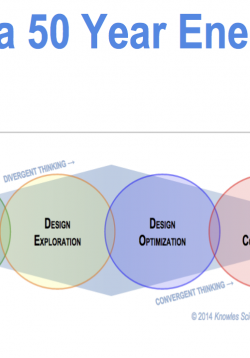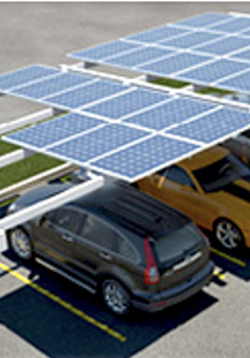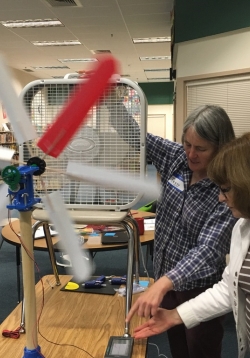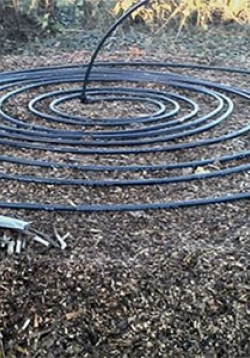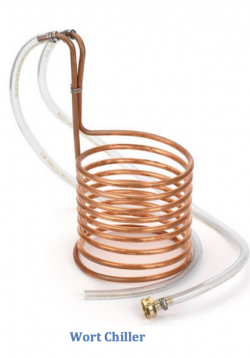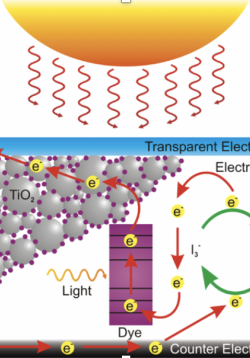50 Year Energy Plan - Unit Plan
Throughout this creative, hands-on Unit, students are challenged to scale up every Disciplinary Core Idea and Science & Engineering Practice they’ve learned - from simple electricity generation, to building their own stereo speakers and DIY electric...
Diving into the Physics of Motors and Generators
Using energy analysis and some tinkering students hand wind speakers to play music from a phone. This acts as a phenomenon to engage students in the exploration of electromagnetism. At this point, they have created a motor, which utilizes electric current...
Scaling up to Power Production: Let’s Engineer a Wind Turbine
After working through Lessons 1 and 2 of this Unit, students are now familiar with the physics of how generators work. The next step in Lesson 3 is to investigate how existing power generation systems operate and supply electricity to entire geographic...
Scaling up to Power Production Let’s use Data to Optimize the Performance of a Solar Cell Array
Somewhat similar to the first part of the wind turbine project from Lesson 3, students are tasked with optimizing the performance of a photovoltaic system. This objective both allows students to apply the engineering-design process they absorbed in...
Unit Plan: A Community Powered by Renewable Energy
In this three-part comprehensive place-based and project-based unit, students will learn and apply rebnewable energy content to devise action plans at an individual, family, and local level. Students will use primary and secondary research explore energy...
Part 2 - Lesson 2: Wind Energy
Students will learn about wind and how wind varies across geographies. Students will use Vernier Wind Turbine kits or homemade wind turbines to experiment with blade angles and wind speed. During experimentation, students will collect data as blade angles...
Compost Bioreactor Design
Solar energy is available when the sun shines but energy can be supplemented at night by the release of energy during the composting of organic waste. In this activity, we will experiment with the feasibility of harnessing thermal energy to heat water with...
Bioreactor Water Circulation System
Solar energy is available when the sun shines but energy can be supplemented at night by the decomposition energy in a bioreactor. In this activity we will experiment with the feasibility of using heated water in a bioreactor to circulate it through a...
Cost Effective Solar Cells Unit Plan
Through a series of solar panel and solar cell construction activities, students will learn the basic principles of energy conversion from light energy to chemical & electrical energy. Students will assemble and test pre-constructed solar panels to...
Cost Effective Solar Cells: Solar Energy Equity and Sustainability
This lesson is designed to span 2 days with 40-minute sections. On the introduction day, three solar power articles will be read to set up a Socratic Seminar dialogue on Day 2. A teacher will need to read the articles. The articles investigate the pros and...

